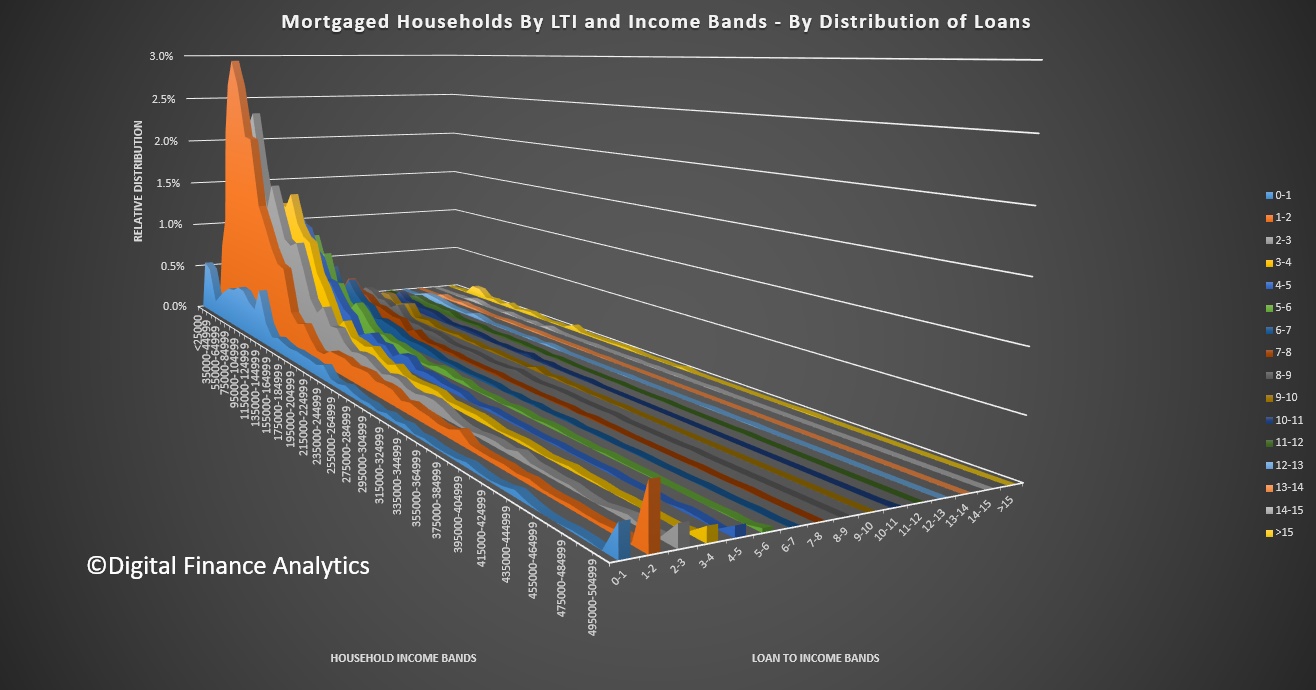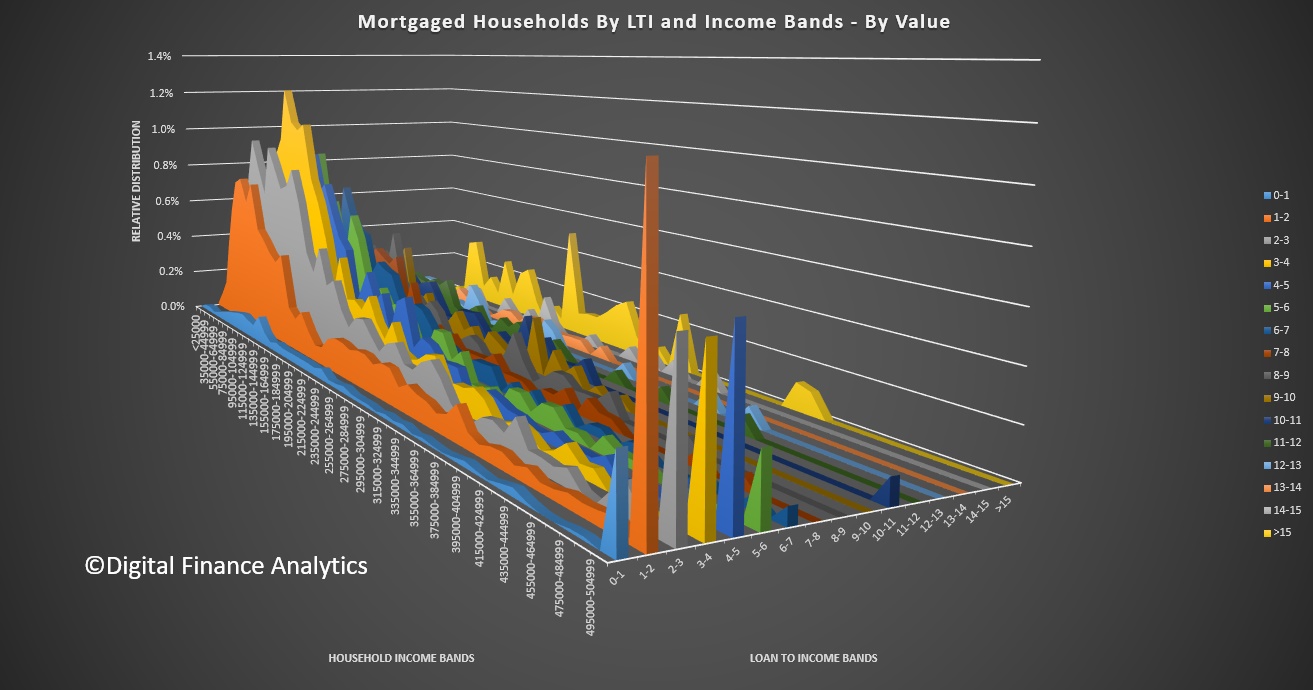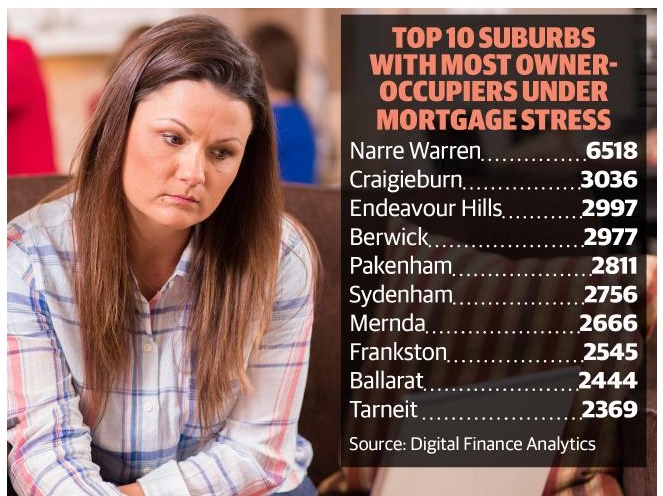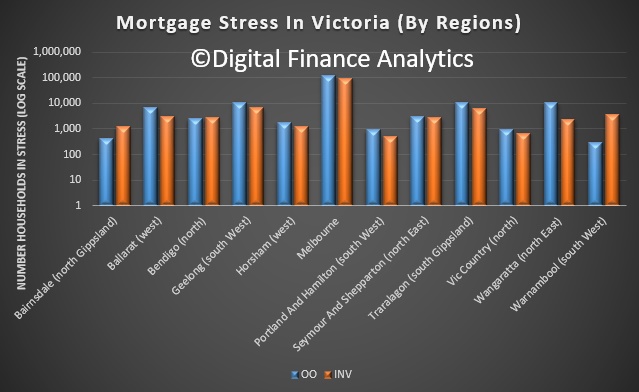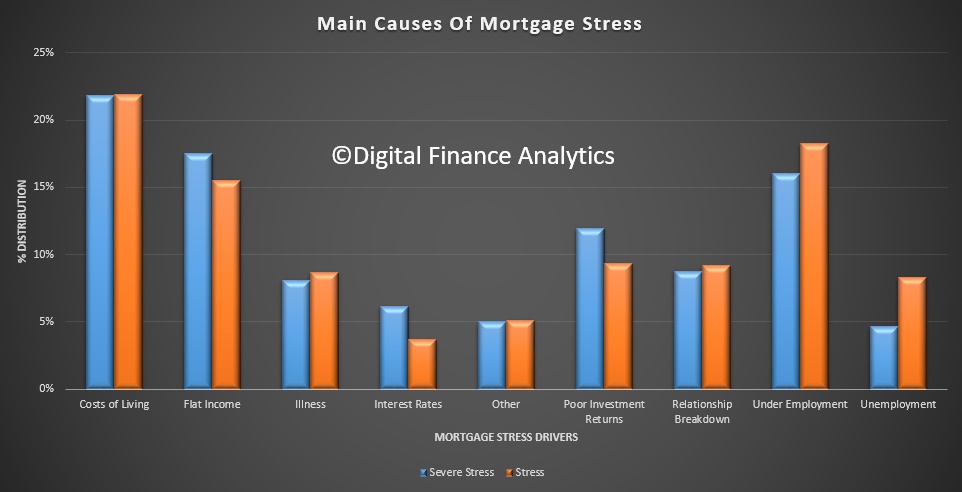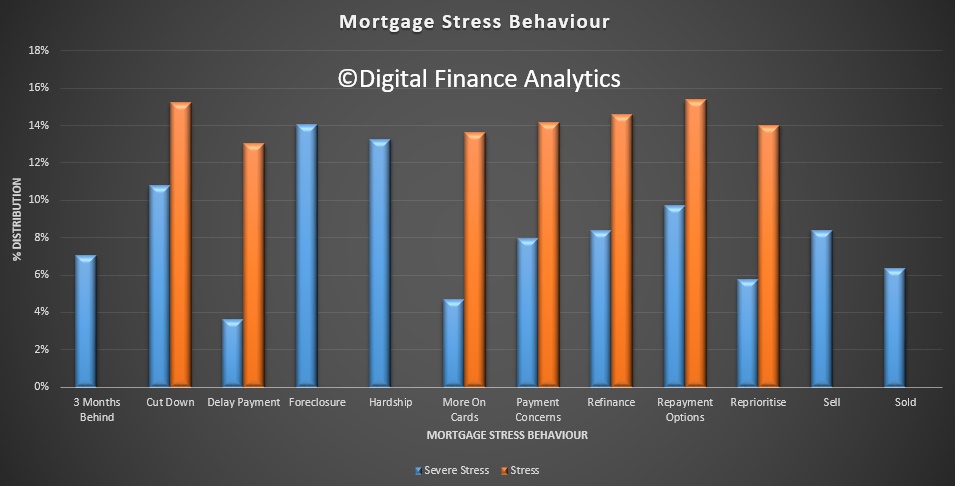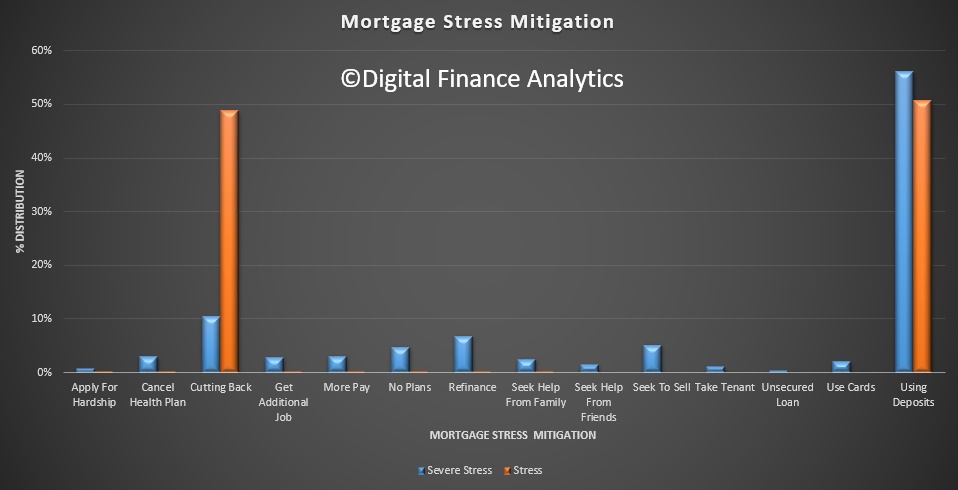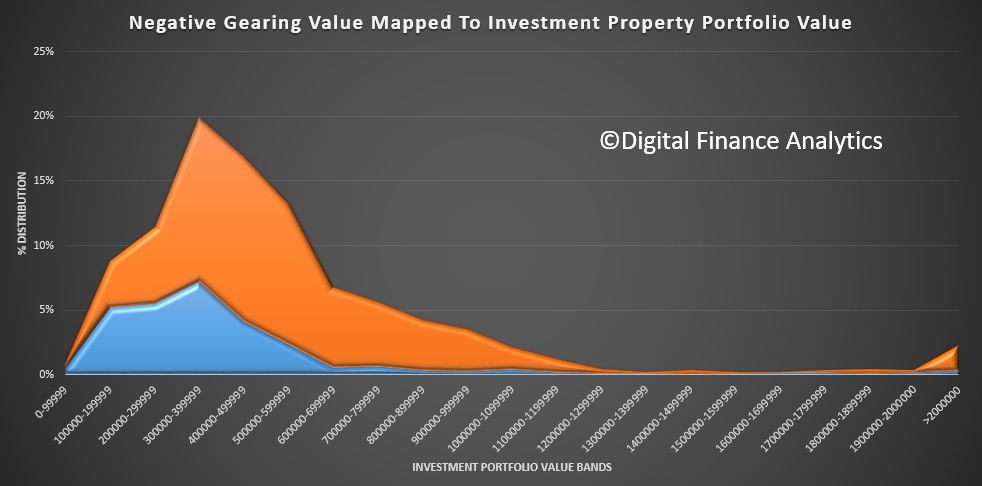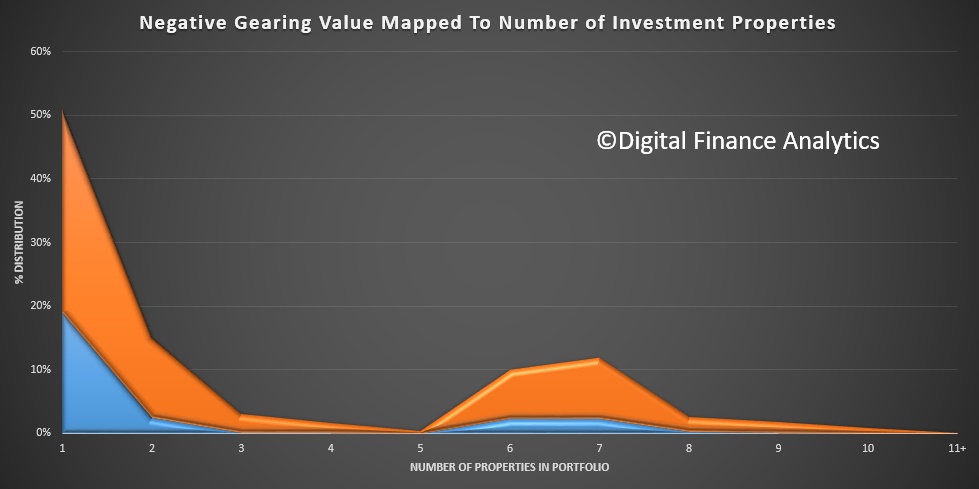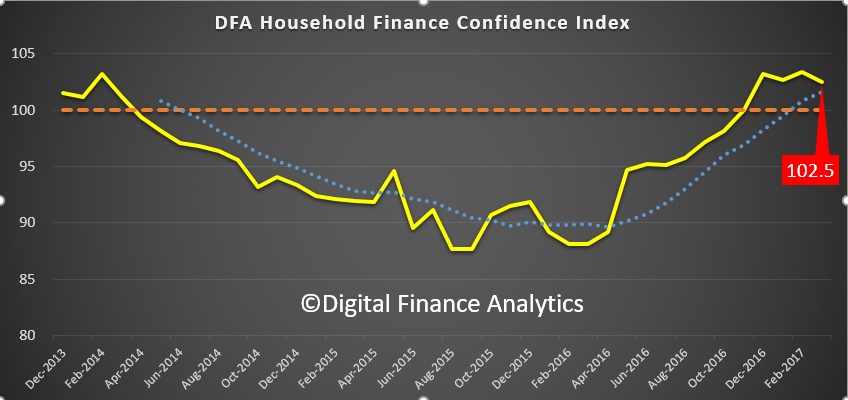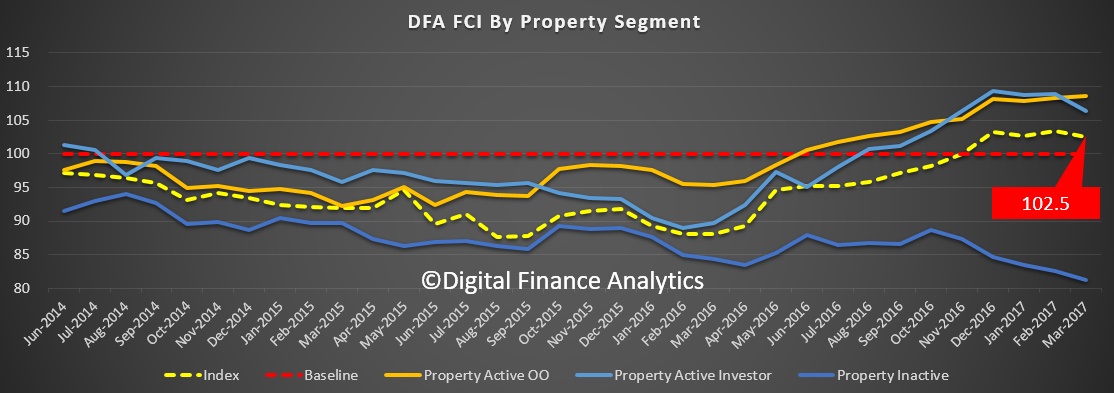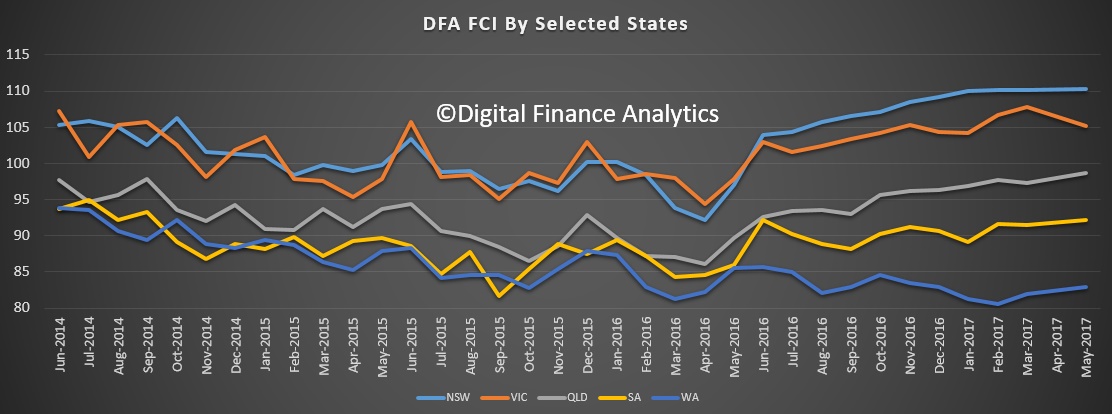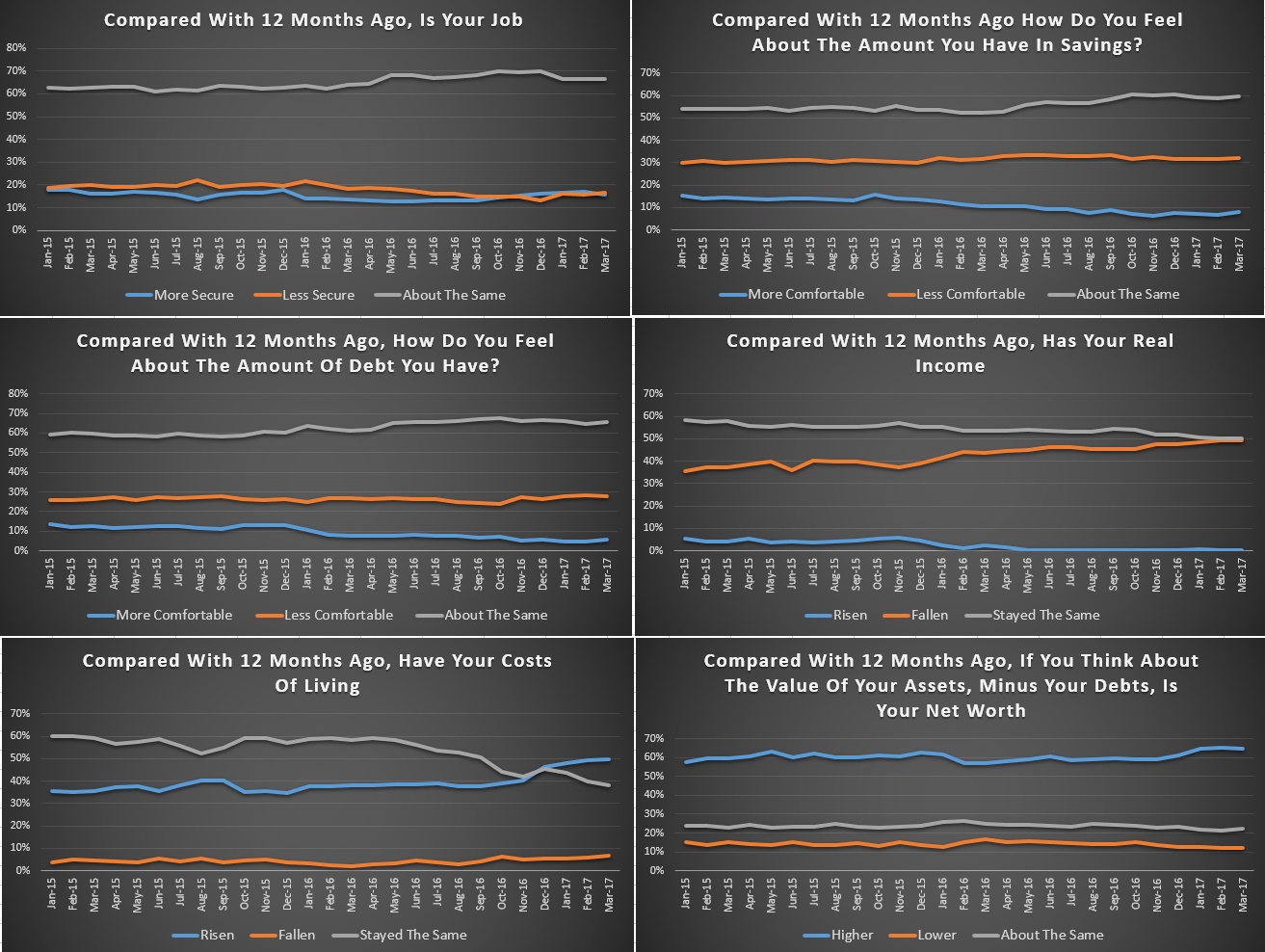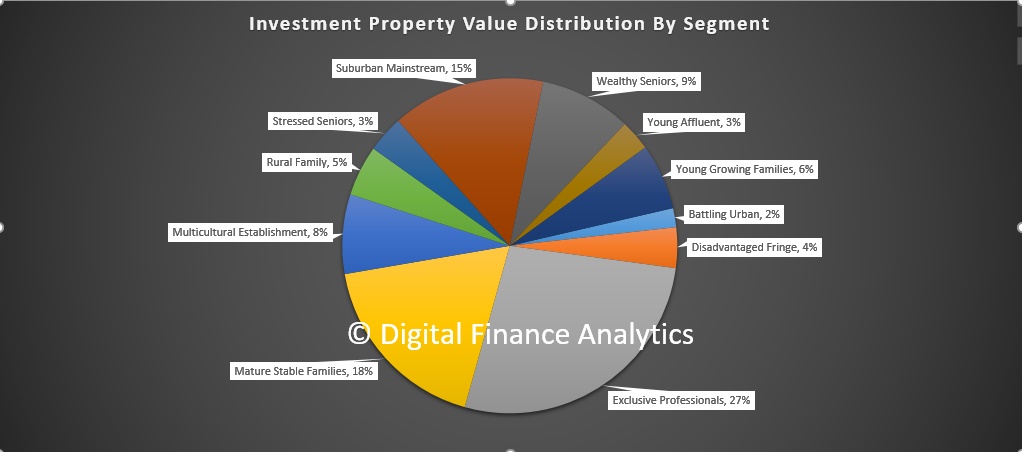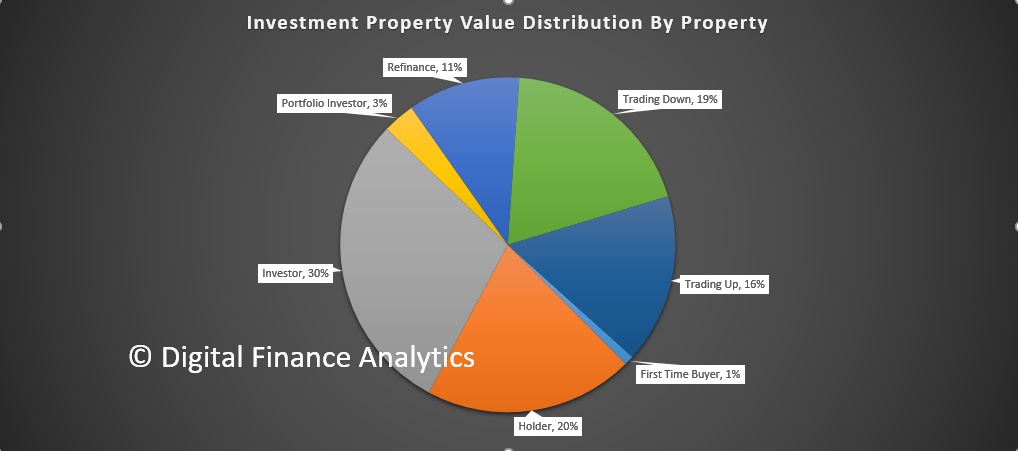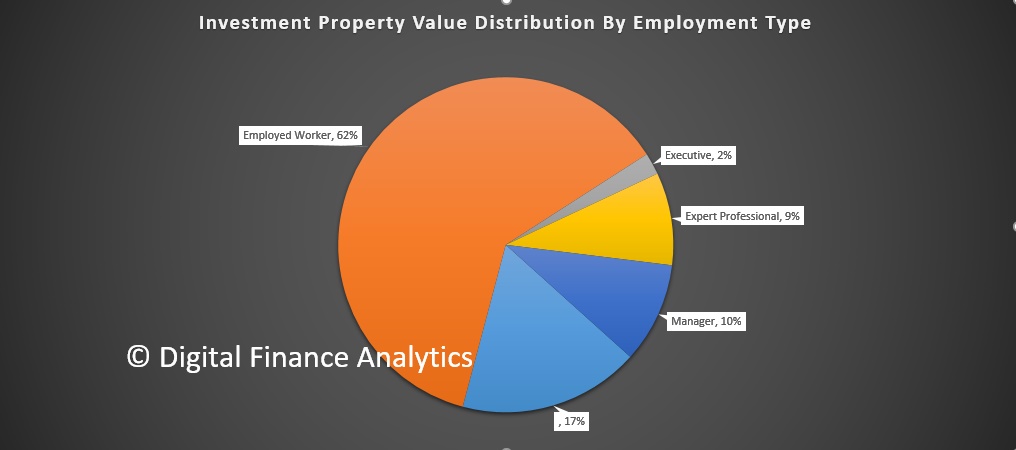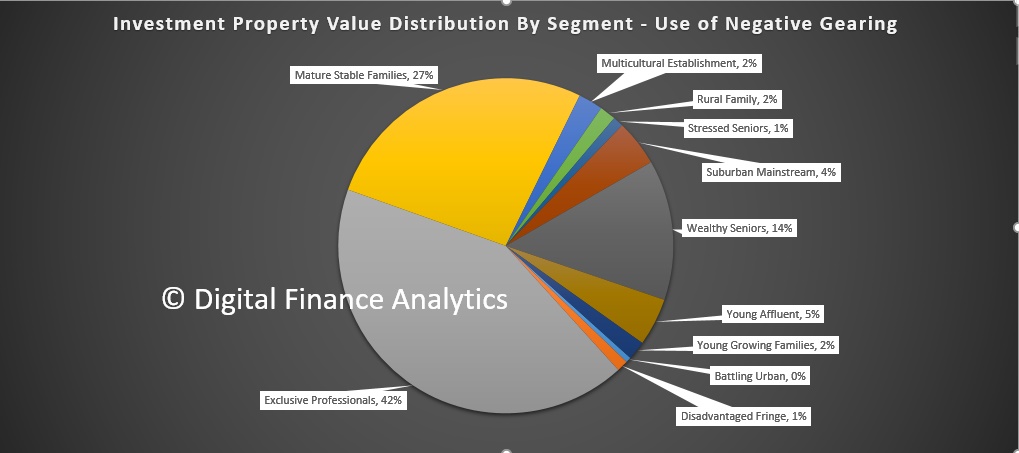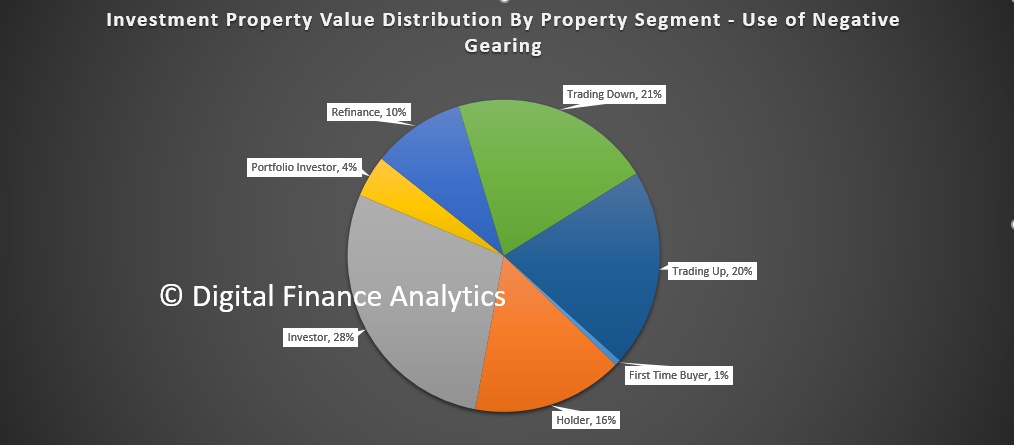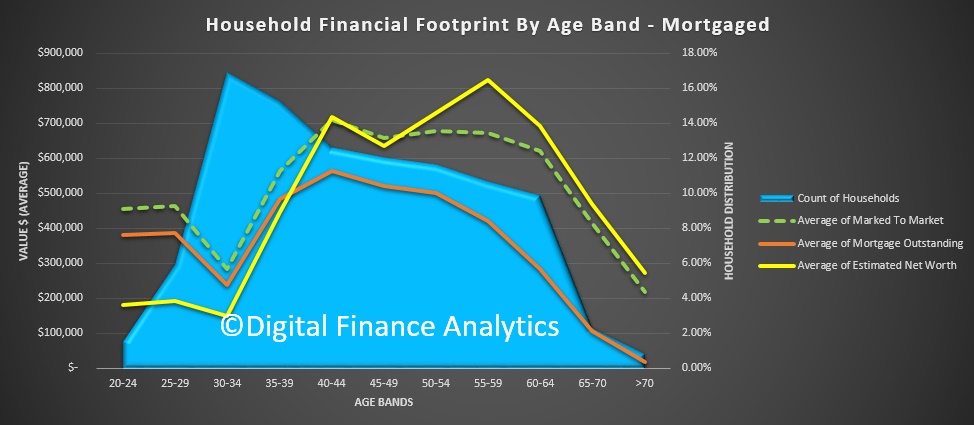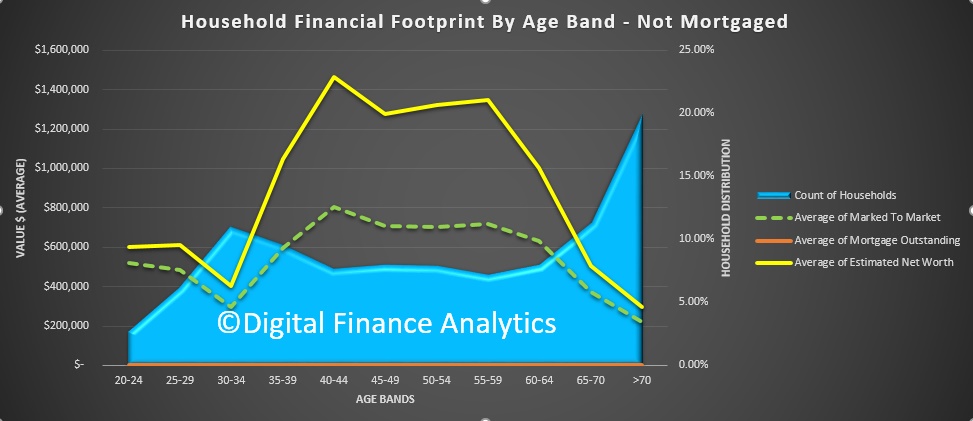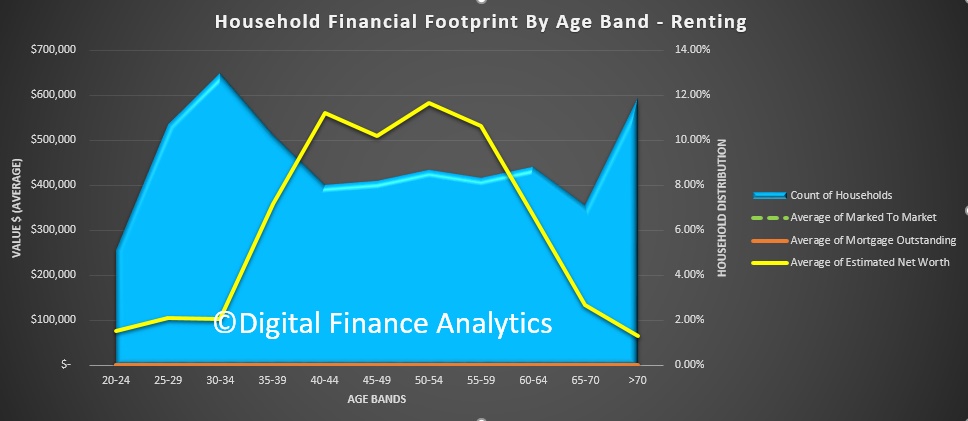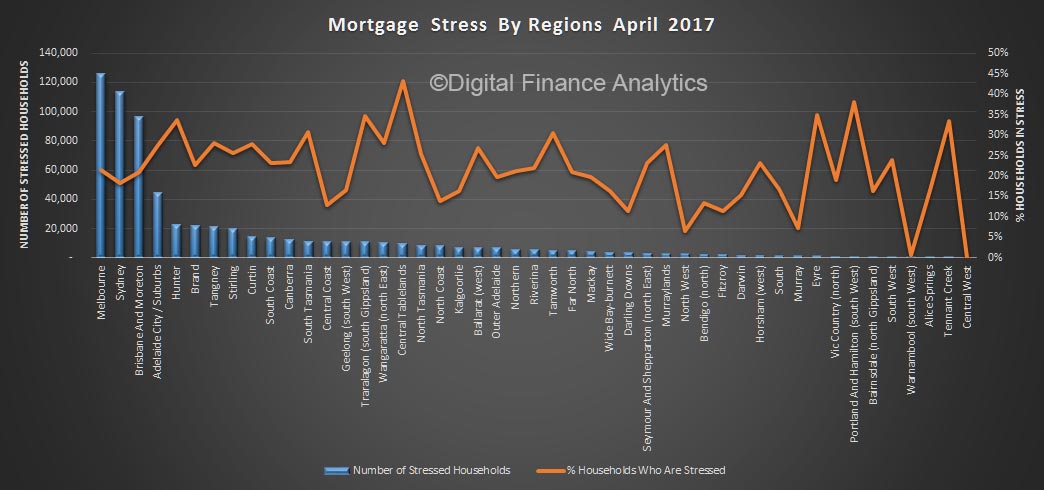Digital Finance Analytics has released new mortgage stress and default modelling for Australian mortgage borrowers, to end April 2017. Across the nation, more than 767,000 households are now in mortgage stress (last month 669,000) with 32,000 of these in severe stress. This equates to 23.4% of households, up from 21.8% last month. We also estimate that nearly 52,000 households risk default in the next 12 months.
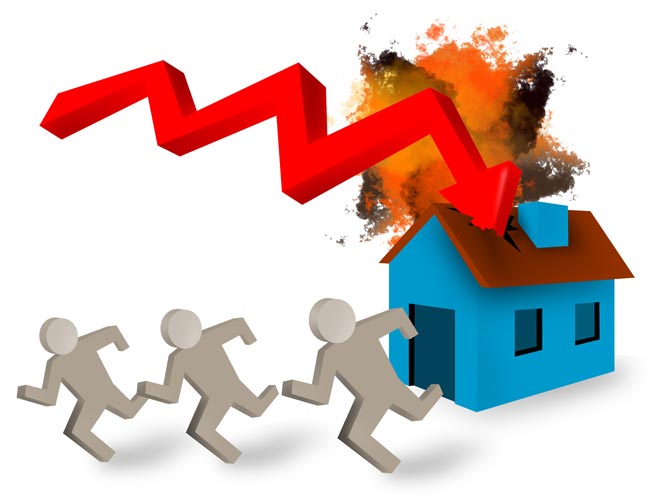 This analysis uses our core market model which combines information from our 52,000 household surveys, public data from the RBA, ABS and APRA; and private data from lenders and aggregators. The data is current to end April 2017.
This analysis uses our core market model which combines information from our 52,000 household surveys, public data from the RBA, ABS and APRA; and private data from lenders and aggregators. The data is current to end April 2017.
We analyse household cash flow based on real incomes, outgoings and mortgage repayments. Households are “stressed” when income does not cover ongoing costs, rather than identifying a set proportion of income, (such as 30%) going on the mortgage.
Those households in mild stress have little leeway in their cash flows, whereas those in severe stress are unable to meet repayments from current income. In both cases, households manage this deficit by cutting back on spending, putting more on credit cards and seeking to refinance, restructure or sell their home. Those in severe stress are more likely to be seeking hardship assistance and are often forced to sell.
Martin North, Principal of Digital Finance Analytics said “Mortgage stress continues to rise as households experience rising living costs, higher mortgage rates and flat incomes. Risk of default is rising in areas of the country where underemployment, and unemployment are also rising. Expected future mortgage rate rises will add further pressure on households”.
“Stressed households are less likely to spend at the shops, which acts as a drag anchor on future growth. The number of households impacted are economically significant, especially as household debt continues to climb to new record levels. The latest housing debt to income ratio is at a record 188.7* so households will remain under pressure.”
“Analysis across our household segments highlights that stress is touching more affluent groups as well as those in traditional mortgage belts”.
Regional analysis shows that NSW has 211,000 households in stress, VIC 209,000, QLD 139,000 and WA 109,000. The probability of default has also risen, with more than 10,000 in WA, 10,000 in QLD, 13,000 in VIC and 14,000 in NSW. Probability of default extends the mortgage stress analysis by overlaying economic indicators such as employment, future wage growth and cpi changes.
We will look at the data in more detail over the next few days and then drill down to some of the worst hit post codes.
*RBA E2 Household Finances – Selected Ratios Dec 2016.

